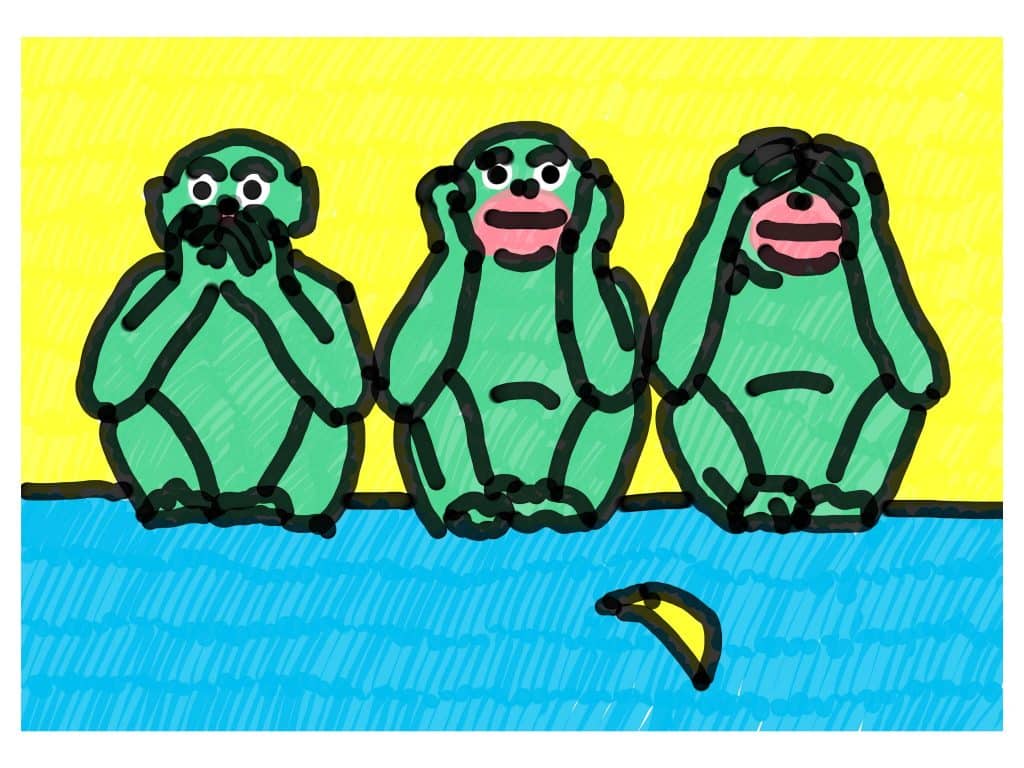The exchange is seldom as direct as in personal employee discussions. It is all the more desirable that the conversation succeeds and that all important topics find space. At best, it enables a career boost. Or comprehensive insight for management. So everyone benefits if the employee discussion is successful.
The 4 major themes
In the employee discussion, space should be created for four topics: Praise, criticism, wishes and goals.
This is a clear difference from simple performance assessment.
The more open the culture of conversation can be, the more both sides benefit. The employee can better influence his or her own development in the company, and the manager in turn recognizes strengths and weaknesses. This creates the opportunity to identify the best assignment and career opportunity.

5 tips & tricks for good conversations
The employee interview usually takes place in private. Incidentally, the employee cannot say no to this exchange – the obligation to provide information on work-related topics is stipulated in the employment contract. Even if that’s true, the conversation should be an eye-to-eye meeting where everyone has an open ear for their counterpart.
#1 The right frame
The supervisor organizes, leads and supervises the interview. Thus, all the necessary preparations are also included. A quiet, undisturbed space, a fixed appointment. This one is especially important. This should always be arranged well in advance. Because thoughts belong sorted and feedback prepared.
To be on the safe side, a time buffer should also always be planned. If the conversation lasts longer, do not rush to the next. This creates an appreciative atmosphere during the employee interview.
A guide can also be consulted here. This way you can go through the topics together in a structured way.
#2 Create trust
What is discussed in the employee meeting should remain in the privacy of the participants.
If it nevertheless seems sensible to note down points on a topic and to communicate them to the outside world, this must be clearly communicated.
This also means obtaining the consent of the employee. One exception here, of course, is the People and Culture department. Some content to be discreetly shared with HR. However, these may only be points that have been precisely defined for this purpose.
Everything else remains confidential!
#3 Face failures
A difficult part, which can also be part of the employee interview, deals with problems, mistakes or difficulties. We talk about the much feared failures.
To learn as much as possible to avoid mistakes in the future, the motto here is:
The greatest possible honesty.
An intelligent culture of conversation and questioning is key. Questions such as “What phase of the project caused such difficulties?” lead to the source of the problem. Remaining objective and immediately questioning burgeoning emotions helps in any case. It has also proven useful to discuss the positive things and successes at the beginning and end of the conversation.
#4 Agree goals
Rather than just following management’s lead, it makes far more sense to set goals together. This brings with it a number of benefits. Because this increases motivation many times over. Ideally, the goals are also put in writing and follow the SMART scheme:
S pecific
Measurable
A ttractive
Realistic
T erminated
With these characteristics in mind, meaningful goals are set together and the next few months are planned.
#5 The right questions
The same questions do not make sense for everyone when it comes to the employee interview. The personality and the position should always be included individually. An interview guide is recommended in any case. Because the better the preparation, the more fluent the conversation.
These topics should definitely find a place in the employee interview:
Activities, tasks and scope of work
- What tasks do you particularly like to do - what motivates you the most? Are there tasks that might even be burdensome?
- Are you feeling overwhelmed or maybe underwhelmed? How could we change that?
- Are there any issues we should address as soon as possible? Who do we need for this (IT, colleagues, etc.)?
Well-being and work-life balance
- Do you feel sufficiently refreshed after a weekend or vacation? If not, what needs to happen to make recovery possible?
- What could the company or team do to ensure recovery after stressful times? What would you wish for?
- Do you have enough freedom for daily work? Maybe the opposite is true: would you like more guidance and feedback?
Future prospects
- Are there activities within the company or team that would also interest you?
- Have any new areas of interest emerged over the last few months?
- Where would you like to go?
Leadership and corporate culture
- Are you getting enough feedback and information from me as a leader?
- How would you rate the culture and atmosphere in the company? Do you have any suggestions for improvement - what could we do better?
The classic annual employee discussion can therefore offer an opportunity to find better goals. However, regular feedback is necessary for the prevention of problems, honest communication and an open, appreciative attitude.
Sources
Want to dive deeper into the topic? Then check this:

Saving money with better communication
Communcation is key. We all know that. But how much money can you actually save? We’ll tell you on our blog.

Employee retention in 5 steps
Employees stay when they are emotionally committed. Learn here how it works.

TroGroup & teamecho
Combining tradition and innovation? Let TroGroup show you how it works.





